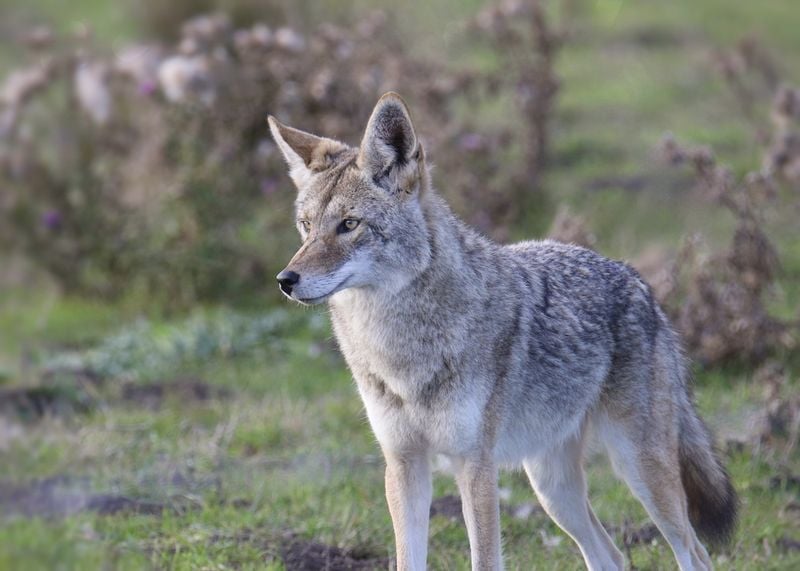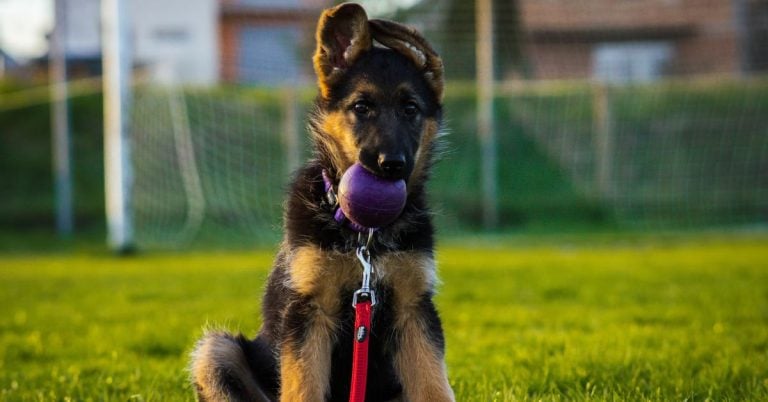Coyote vs. Dog: 7 Major Differences You Should Know
At first glance, a coyote trotting across a field might be mistaken for a scrappy stray dog—but look closer, and the differences become impossible to ignore. Despite sharing a common ancestor and belonging to the same biological family (Canidae), coyotes and domestic dogs have evolved in wildly different ways.
One has become a beloved household companion, sleeping at the foot of our beds and waiting patiently for dinner in a bowl. The other still roams the wilderness—or increasingly, urban neighborhoods—guided by instincts honed over millennia of survival in the wild.
But what really separates your Labrador from a wild coyote? It’s more than just behavior or habitat. The differences span everything from physical traits and vocalizations to social structure and diet.
Coyotes are finely tuned survivalists, wired for independence and wary of human contact. Dogs, by contrast, are the ultimate social shapeshifters—bred to understand our emotions, work by our sides, and even mimic our expressions.
Understanding these distinctions isn’t just fascinating—it’s crucial for coexistence. As coyotes continue to adapt to life near humans, the chances of mistaking one for a dog or misreading their behavior grow higher. Knowing how they differ helps protect both species and keeps interactions safe and respectful.
In this article, we’ll explore seven major differences between coyotes and dogs—from how they move and hunt to how they communicate and raise their young. Whether you’re a curious dog owner, a wildlife enthusiast, or someone who’s heard eerie howling in the night, you’ll walk away with a clearer picture of what sets these two canids apart.
1. Physical Appearance: Not Just Size Matters
Coyotes possess a leaner, more athletic build compared to most dogs. Their narrow snout, large pointed ears, and bushy, downward-hanging tail create a distinctive silhouette against the horizon.
The fur coloration typically shows a mix of gray, brown, and rust, perfect for blending into natural surroundings. Many people notice coyotes have piercing, yellowish eyes that seem more alert than a dog’s softer gaze.
While medium-sized dogs might weigh similar to coyotes (20-50 pounds), coyotes appear taller and lankier with longer legs relative to their body size—an adaptation that helps them cover ground quickly when hunting.
2. Vocal Communication: The Signature Howl
Nothing announces a coyote’s presence quite like its distinctive vocalization. Unlike dogs, who primarily bark, coyotes are famous for their haunting howls, high-pitched yips, and series of yelps that echo through the night.
A family group of coyotes can sound like a much larger pack thanks to their vocal techniques. They create this illusion by varying their tones and rapidly changing pitch—a trick that helps small family groups seem more intimidating to potential threats.
Dogs typically bark in consistent patterns with limited variation, while coyote vocalizations change pitch dramatically, rising and falling in complex sequences that serve specific communication purposes within their social structure.
3. Social Structure: Family vs. Human Pack
Coyotes maintain tight family units centered around a breeding pair—mom, dad, and offspring. Their social bonds revolve around hunting, defending territory, and raising pups together as a coordinated team.
Dogs, through thousands of years of domestication, have evolved to form their primary social bonds with humans rather than other dogs. Your pet sees you as their pack leader, turning to you for guidance, protection, and approval.
When coyotes interact with their young, they teach hunting skills and survival tactics. Dogs, however, look to humans for training, with pet parents replacing the role that would be filled by canine elders in wild packs.
4. Hunting and Feeding Habits: Predator vs. Bowl-Feeder
Coyotes are nature’s opportunistic hunters, capable of taking down prey as large as deer or as small as mice. Their hunting style combines stealth, speed, and teamwork when in family groups, allowing them to adapt to whatever food sources are available.
A wild coyote’s diet shifts with the seasons—from rodents and rabbits to fruits, insects, and even carrion. This flexibility has helped coyotes thrive across diverse environments from deserts to cities.
Most domestic dogs have lost their hunting instincts through generations of selective breeding. While some breeds retain certain predatory behaviors, the majority rely completely on humans for meals, happily eating the same food day after day from their bowls.
5. Breeding Patterns: Once Yearly vs. Human Controlled
Female coyotes enter heat just once annually, typically between January and March. This natural rhythm means coyote populations maintain balance with their environment, producing 4-7 pups per litter during spring when food becomes more plentiful.
Coyote parents are devoted caregivers, with both mother and father participating in pup-raising duties. Males bring food to nursing females and later help teach hunting skills to growing offspring.
Domestic dogs, by contrast, generally experience heat cycles twice yearly unless spayed. Their reproduction is largely controlled by humans through breeding programs or spay/neuter practices, with litter sizes varying dramatically between breeds from just 1-2 puppies to 12 or more.
6. Territorial Behavior: Marking Miles vs. Marking Yards
Roaming across vast territories comes naturally to coyotes, with a single family group claiming up to 10 square miles of land. They mark these boundaries meticulously using urine, scat, and scent glands, creating invisible maps that tell other coyotes “this area is taken.”
Coyotes patrol their territories regularly, often traveling 3-10 miles daily. They establish well-worn trails through their domain and defend these areas vigorously against intruding coyotes.
Domestic dogs, even those allowed to roam freely, typically claim much smaller territories—usually just your home and yard. Their territorial instincts have been significantly modified through domestication, with many breeds showing more interest in protecting their human family than physical space.
7. Human Interaction: Avoidance vs. Attachment
Wild coyotes naturally shy away from human contact, watching us from a distance with cautious curiosity. Even urban coyotes that have adapted to city living typically remain elusive, preferring to move through neighborhoods under the cover of darkness.
A healthy coyote’s first instinct upon spotting humans is to retreat. Problems typically arise only when coyotes lose this natural wariness, usually because people have fed them either intentionally or by leaving pet food outdoors.
Dogs, through thousands of years of selective breeding, have developed a profound attachment to humans. They actively seek our attention, form deep emotional bonds with us, and have evolved specific facial muscles just to communicate with people—adaptations completely absent in their wild coyote cousins.













